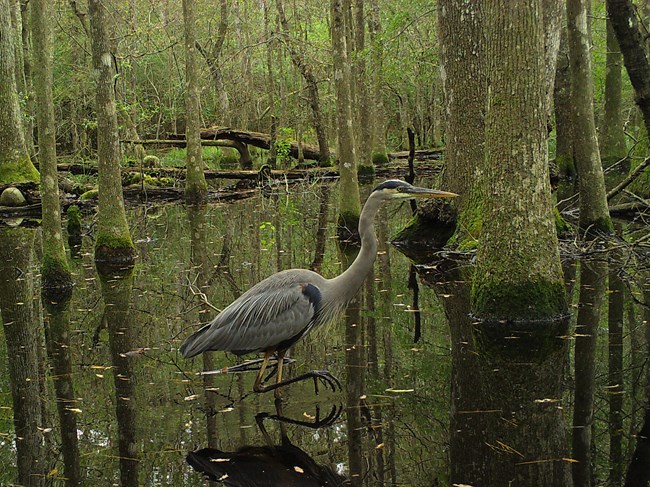
NPS Photo Ardea herodiasGreat blue herons are the largest herons in North America. They are found in wetland ecosystems throughout the United States. They are carnivorous birds that eat a wide variety of small animals including fish, frogs, and various small mammals. They forage by standing still in the water and using their long, sharp beaks to spear animals that swim. They can forage on dry land as well. Bartholomew, G. A., & Dawson, W. R. (1954). Temperature regulation in young pelicans, herons, and gulls. Ecology, 35(4), 466-472.
Kaufman, K. (2001). Lives of North American Birds. Houghton Mifflin Harcourt. Wetmore, A. (1920). The function of powder downs in herons. The Condor, 22(5), 168-170. Great Blue Herons in the National Parks |
Last updated: May 8, 2021
